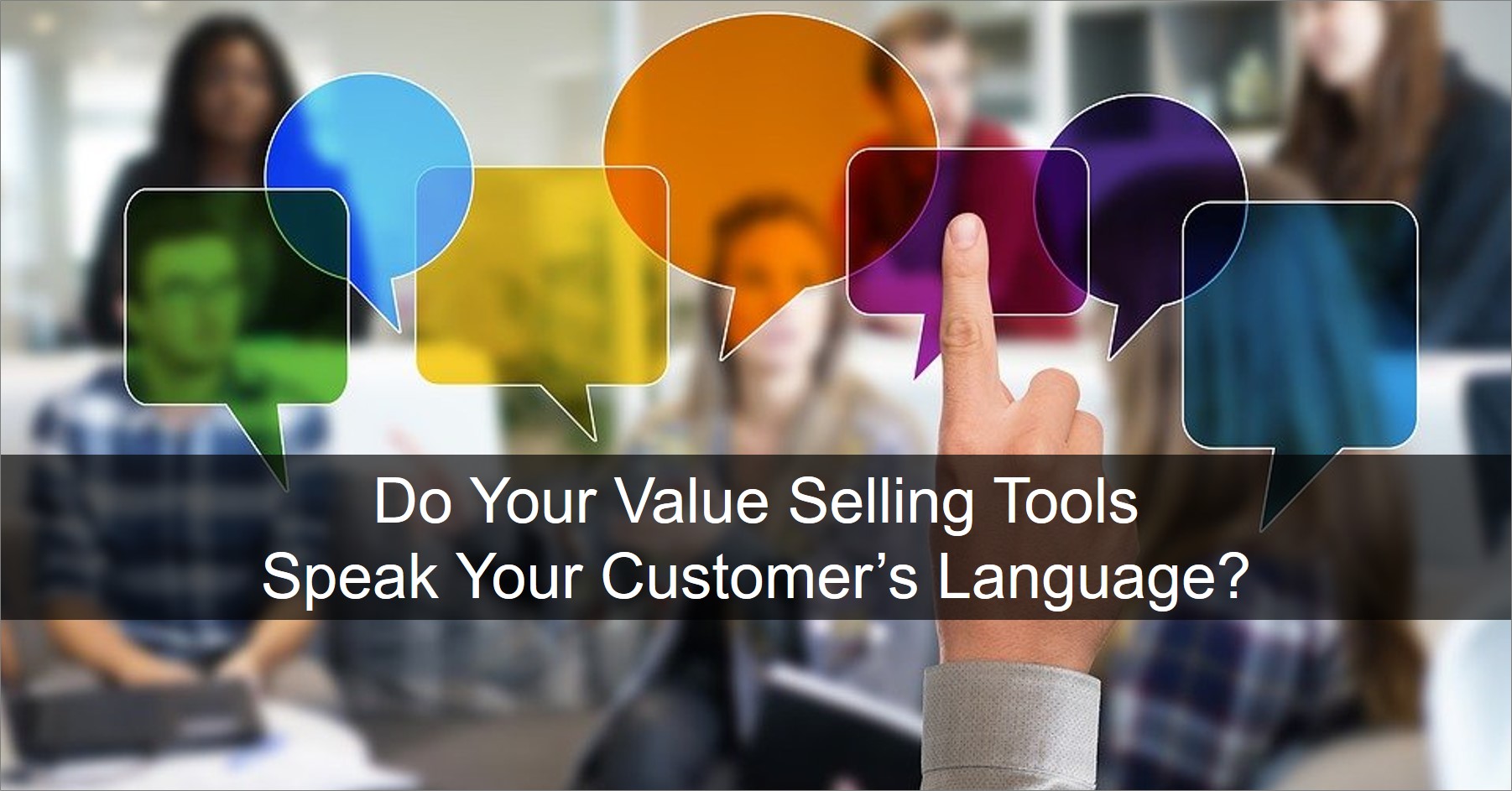
I recently met with the marketing manager at a new ROI Selling client. While reviewing a draft of their new value selling tool, the manager commented, “Customers don’t think about it that way and they would never say that. That’s our internal language about our product.” Oops. How did that happen?
Up until that point, I had been working with the client’s product and sales teams and allowed myself to get caught in the trap of using internally-focused language rather than customer-facing language. I had forgotten, albeit briefly, that effective marketing and sales tools need to be developed with the customer in mind... from their perspective, and in their language.
Focus on Your Customer's Problem
This encounter reminded me of a blog post I wrote for Amphora Consulting titled, “Warning: No One Cares about Your Product!” The gist of the post is that companies need to focus on the problems they solve for customers rather than on their product. Professor Theodore Levitt summarized it best when he said, “People don’t want to buy a quarter-inch drill. They want a quarter-inch hole.”
Grassroots Strategy is based on identifying unmet or under-met customer needs and determining how much it’s worth to the customer to solve those problems. To do that, you need to step into your customer’s shoes and become a “student of your customer.” This ensures that the product or offering strategy solves real customer problems and in doing so, creates value for their business.
If you don’t focus on value during product development, you can end up building a technically strong product that isn’t worth anything to the customer. And although focusing on your customer’s problem is critically important during strategy and product development, it doesn’t end there.
Speak Your Customer's Language
Once developed, it’s time to promote and sell your offering while maintaining a customer vs. product focus. Remember... you’re not selling your product, you’re selling the value it creates by solving real business problems.
Now, watch your language! It’s easy to shift back into internal lingo that means little to your customer. Use their frames of reference to identify the value, and use the customer-centric language that’s needed to successfully promote your product. You can start by asking (and answering) these questions:
- How would your customers introduce themselves?
- How would they describe their business?
- What problems do they need to solve?
- Which problems are most important?
Using Professor Levitt’s analogy, focus your promotional efforts on the “hole” your offering provides without talking about the drill bit. And do it by using the customer’s own words and language. This approach should be consistent across all marketing collateral, your website, sales materials, and especially value-selling tools.
Conclusion
With value selling tools, it is especially important to talk about things from the perspective of your customer. Your offering, no matter how great, only creates value because it solves an important customer problem. You need to effectively communicate that value in a way that your customer can relate to.
Resources
Connect with Darrin Fleming on LinkedIn.
Join the Value Selling for B2B Marketing and Sales Leaders LinkedIn Group.
Visit the ROI Selling Resource Center.









